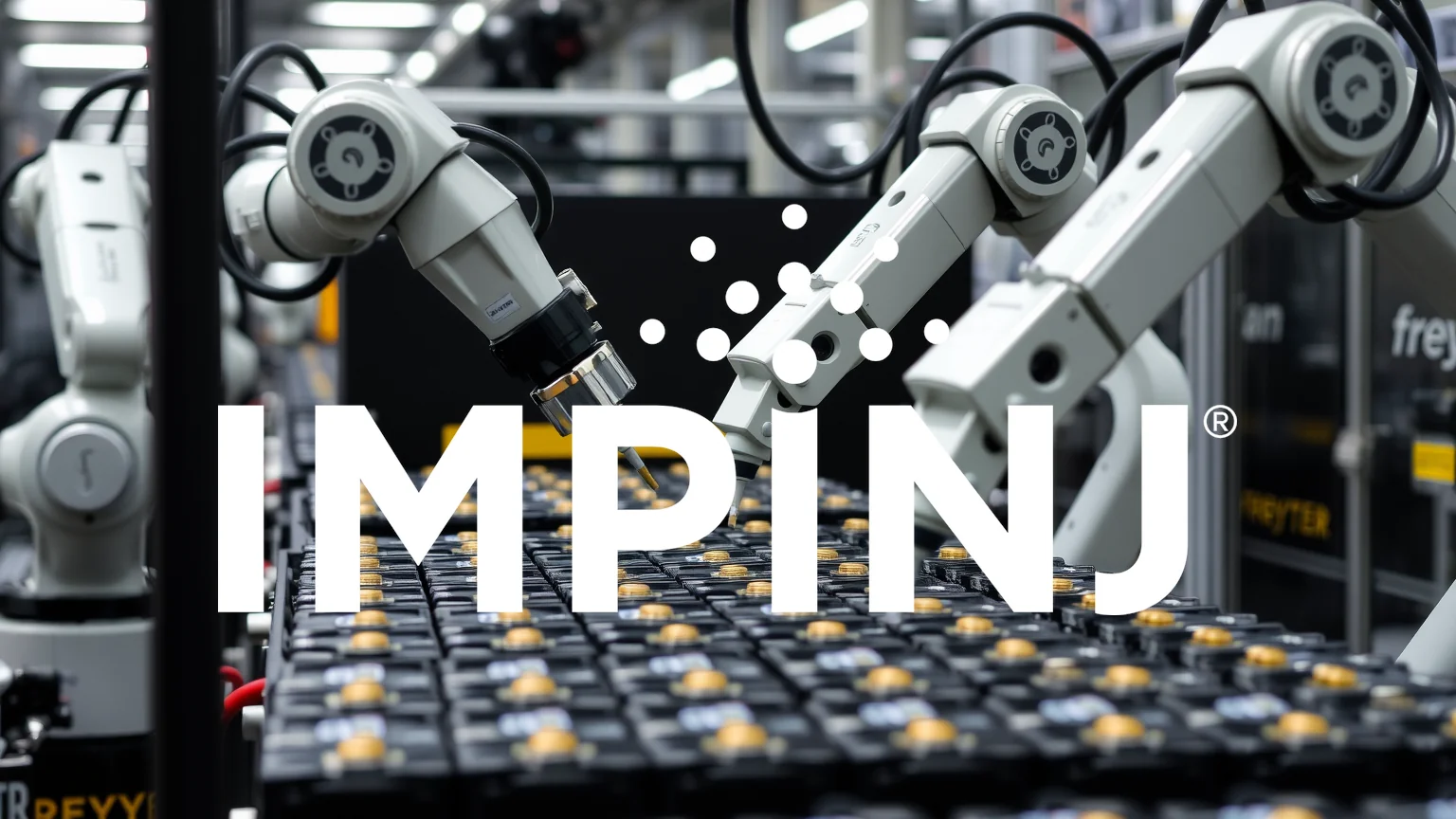Chinese electric vehicle manufacturer Nio faces mounting pressure, though the concern stems not from disappointing sales figures or market share erosion. Instead, the company is confronting a significant exodus of key executives from its autonomous driving division. This leadership drain strikes at a critical moment, just as Nio strives to cement its position as a technology frontrunner, potentially undermining the very foundation of its most crucial future technology.
Executive Departures Strike at Strategic Heart
The recent departures carry substantial weight for Nio’s long-term strategy. The company has lost Ma Ningning, previously heading the World Model team, and Bai, who led the AI platform. These roles are central to Nio’s ambitions of becoming a recognized technology champion in the competitive EV landscape.
The autonomous driving unit represents far more than a peripheral operation for Nio; it forms the core of the company’s strategic direction. Through its “Nio Full Stack” platform, the automaker aims to integrate twelve distinct technological domains—spanning from advanced driver-assistance systems to connected vehicle services. Development of the next vehicle generation could face considerable delays without experienced leadership steering these essential teams.
Market observers note these exits reflect a broader industry pattern. The competition for elite talent within the autonomous driving sector has grown intensely fierce, with senior executives frequently moving between technology firms and traditional automobile manufacturers.
Should investors sell immediately? Or is it worth buying Nio?
Strong Operational Performance Overshadowed
The timing of this leadership crisis is particularly inopportune given Nio’s recent operational successes. The third quarter of 2025 saw the company achieve record delivery numbers, with 87,071 vehicles handed over to customers—representing growth exceeding 40 percent compared to the previous year. September alone brought a new monthly record, with 34,749 vehicles delivered. Cumulatively, Nio has now delivered more than 870,000 vehicles and has firmly established its presence in the premium segment priced above 300,000 yuan.
This operational strength had translated into impressive stock performance, with shares advancing over 75 percent at points during the year. However, the recent management changes have dampened investor sentiment, triggering a pullback of approximately 10 percent in the share price.
The situation grows more pressing as Nio targets breakeven profitability in the fourth quarter alongside ambitious delivery goals of 150,000 vehicles. Concurrent international expansion into markets including Singapore, Uzbekistan, and Costa Rica further complicates the operational landscape. Without stable leadership within its technology division, Nio’s aggressive growth strategy risks encountering significant obstacles.
Ad
Nio Stock: Buy or Sell?! New Nio Analysis from December 3 delivers the answer:
The latest Nio figures speak for themselves: Urgent action needed for Nio investors. Is it worth buying or should you sell? Find out what to do now in the current free analysis from December 3.
Nio: Buy or sell? Read more here...












